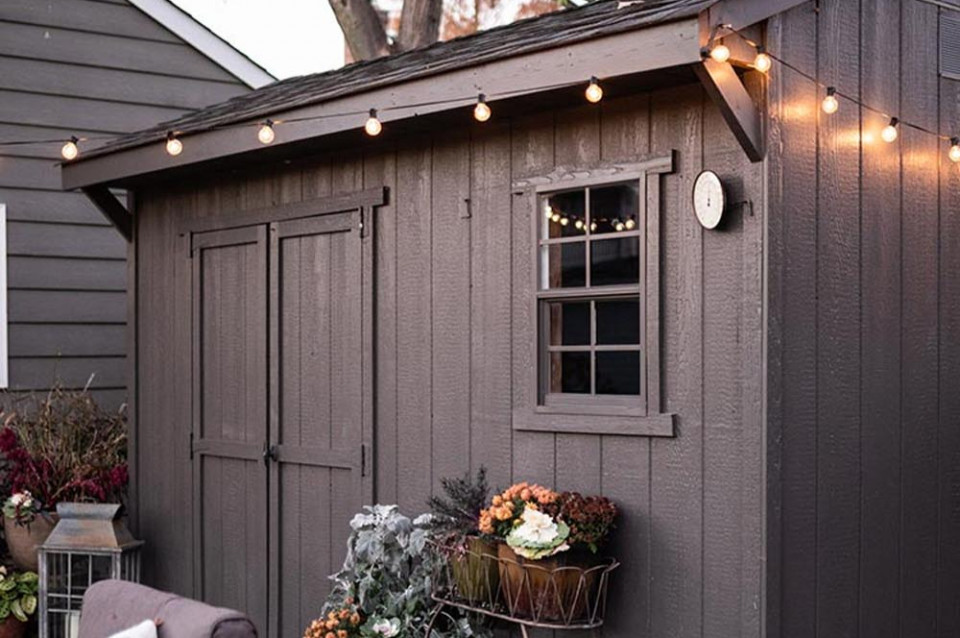How Long Does It Typically Take to Paint The Interior of a House?

photo source : expressqualitypainting.com
Painting the interior of your home often requires lots of precision and elbow grease - not to mention plenty of coffee! But it can be satisfying to step back and admire your go-to painter's handiwork.
Perhaps you're combing for skillful house painters in Seattle offering upfront quotes and on-schedule project completion. If so, consider talking to the pros at Express Quality Painting. As their name suggests, you can expect class-leading workmanship within your budget. Their painters are on hand to help you create an interior environment sure to impress.
You might also question how long your painting project is likely to take. Typically, an interior paint job takes roughly three days. But generally speaking, it can take more or less time, depending on the variables hereunder explained:
1. Size of the House
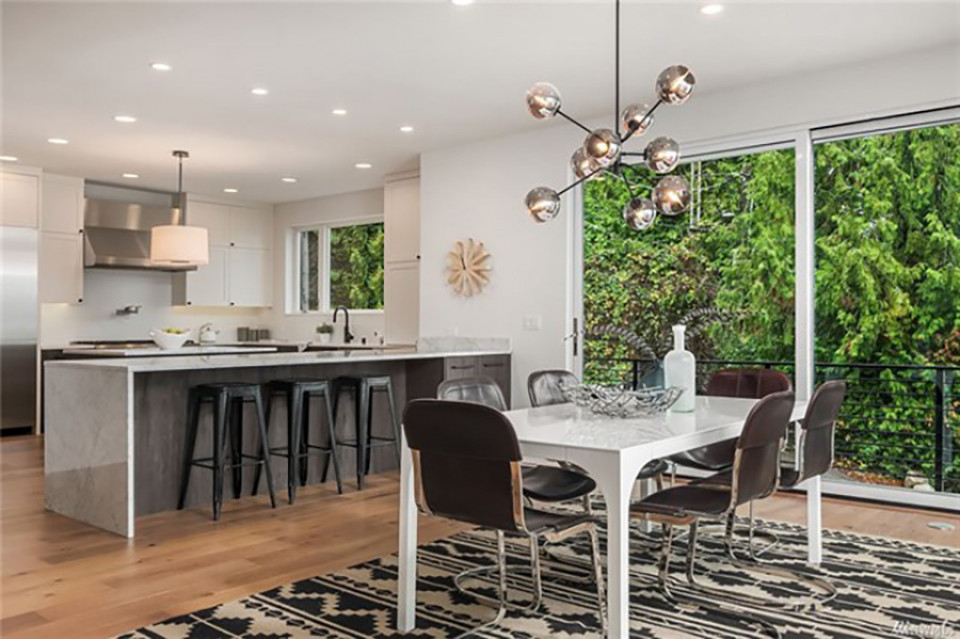
photo source : expressqualitypainting.com
Are we looking at an expansive home or a small apartment? Naturally, larger spaces take longer for painters to complete as they have to cover more ground. Thus, a multi-story home can take up to a week to paint.
Conversely, a small home with few rooms to cover means your painter can complete the project in two or so days. Also, the surfaces they need to paint factor into the equation. For instance, if they have to cover the fifth wall (ceiling), expect the project to take longer than if the painter only had to enliven the walls. That's because they'll probably need to move furniture, use ladders or other specialized equipment, and cover the floors with protective sheeting - all of which takes a while, don’t you agree?
2. Condition of the Walls
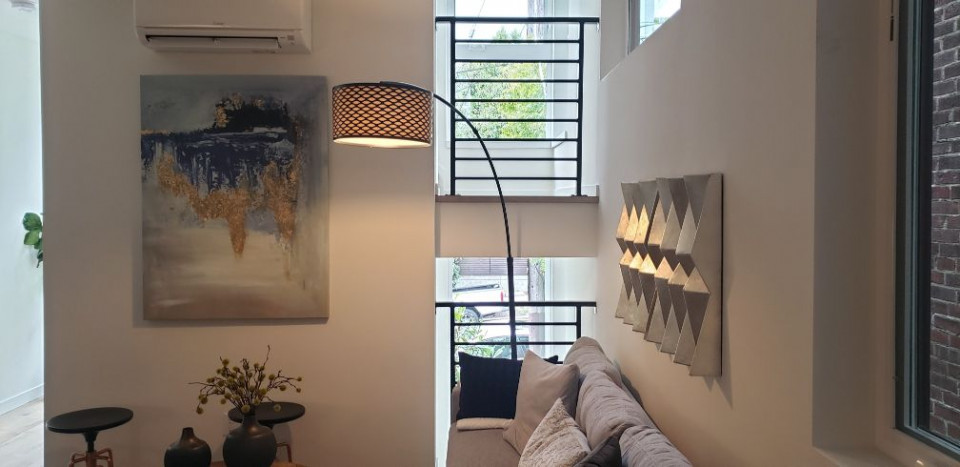
photo source : expressqualitypainting.com
The process of freshening up a home's interior isn't a matter of slapping a fresh coat of paint on your walls and calling it a day. Sure, it's simpler to paint walls that are in good(ish) shape, but if they're not, let's say it'll take some effort.
For starters, the painter needs to prepare the surfaces properly. Generally, this might involve:
- Sanding
- Filling imperfections
- Repairing damaged sections
- Cleaning
- Applying primer
Such prep work is the most important part of the job, and it can take some time. Otherwise, the walls won't receive a smooth, even finish, or the results might leave you wanting.
The state of the existing paint or finish on the walls also matters. Does the painter need to strip it down or apply a new coat on newly built walls? The latter is less involved than the former since they don't need to work around existing doodads and fixtures, resolve existing issues, remove multiple layers of paint, or rigorously prepare surfaces.
3. Level of Detail

photo source : expressqualitypainting.com
How complex is your project? Are you going for a one-color look, or do you intend to use the walls as a canvas for artistic expression? In short, the level of detail needed can prolong the project's timeline. For instance, if you need intricate designs on some of your walls, your project will take longer.
Likewise, the number of coats needed for coverage, the paint type, and custom treatments like sponging or rag rolling also determine how long it'll take. For instance, if your surface calls for multiple coats, you need to factor in an extra day between the first and successive coats.
The same goes for the edging. If you want a crisp, professional finish, the painter must be attentive to details, which translates to more time on the job.
4. Size and Experience of the Painting Crew
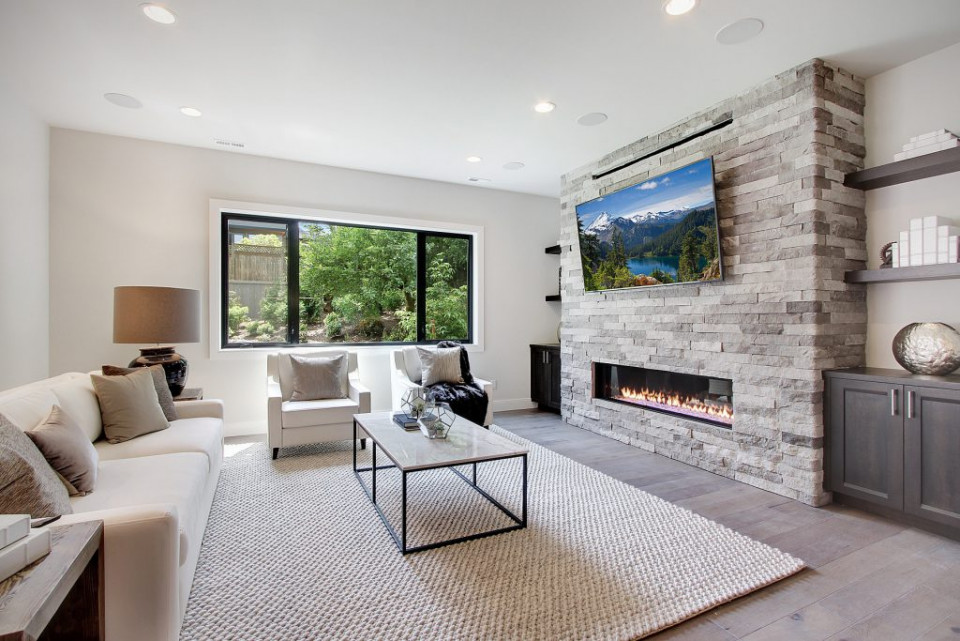
photo source : expressqualitypainting.com
Most paint jobs require a crew of at least two. That said, some painters run one-person shows, meaning a large-scale job can drag on for days or weeks if they don't get extra help. Conversely, more human resources lead to faster project completion.
Also, experienced hands can paint faster and create a better finish than amateurs since they know what to look for, can apply the right technics, maneuver easily around challenges, and make quick decisions. Likewise, they use the right equipment, which speeds up the process. For instance, rollers are handy when painting large areas, while brushes work well around edges or hard-to-reach corners.
5. Post-Painting Cleanup
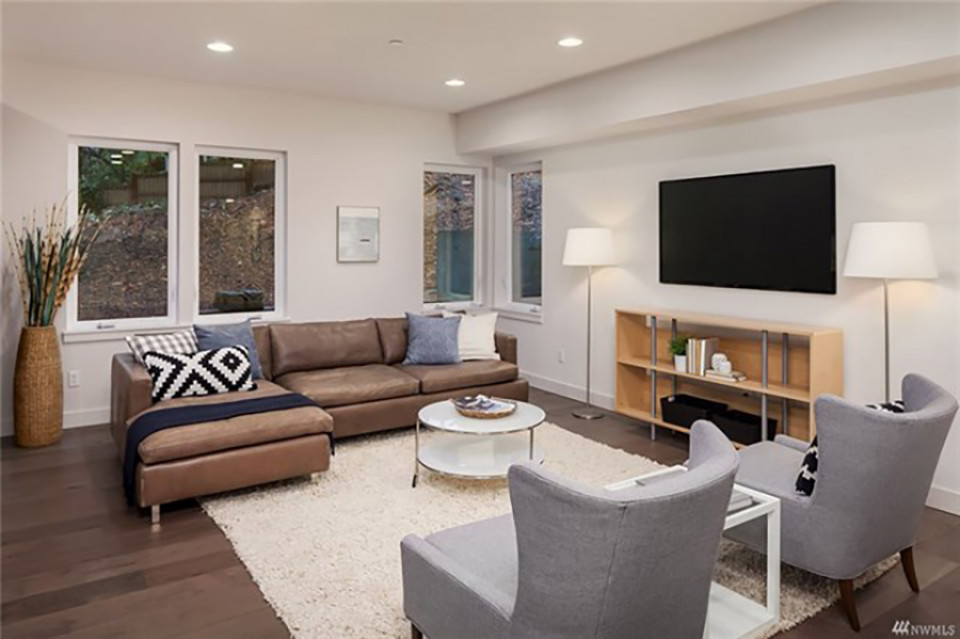
photo source : expressqualitypainting.com
A paint job is only complete after the crew cleans up. Usually, it involves removing painter's tape, plastic sheeting, drop cloths, and equipment such as scaffolding or ladders. The painter also needs to clean their tools of trade - rollers, brushes, etc.
And in case of splatters on floors or furniture, they'll have to restore the items to their original condition. Likewise, they need to dispose of leftover paint or materials responsibly. Depending on the project size or scope, it could increase the timeline by up to a day.
The combination of these aspects generally impacts a project's duration. As such, factor them into your decision-making when tackling a painting project. Also, have some wiggle room for contingencies such as weather-related delays or unforeseen issues that might arise.






